In the world of roses, few cultivars can match the timeless beauty and alluring fragrance of Rosa ‘Sweet Juliet.’ This modern English shrub rose, bred by renowned rose breeder David Austin, has taken the horticultural world by storm with its captivating charm and exceptional qualities. Named after Shakespeare’s tragic heroine, ‘Sweet Juliet’ embodies both classical elegance and contemporary appeal, making it a favorite among gardeners and rose enthusiasts alike.
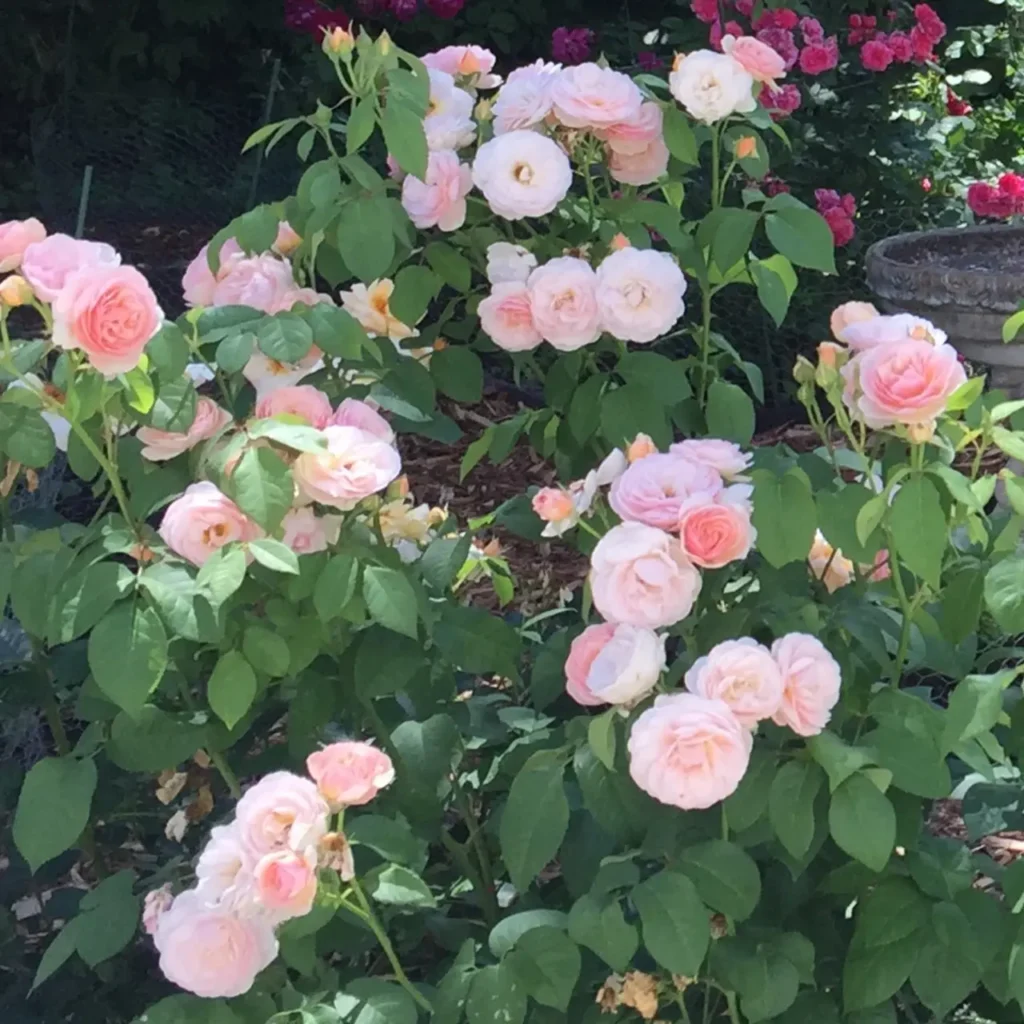
The Origins of Rosa ‘Sweet Juliet’
Rosa ‘Sweet Juliet’ is part of the English Rose collection, a group of roses developed by David Austin Roses in the mid-20th century. David Austin, an English horticulturist, had a vision to combine the best traits of old-fashioned roses with the repeat flowering and disease resistance of modern roses. This led him to create a series of roses that blended the classic charm of Old Garden Roses with the vigor and performance of modern hybrids.
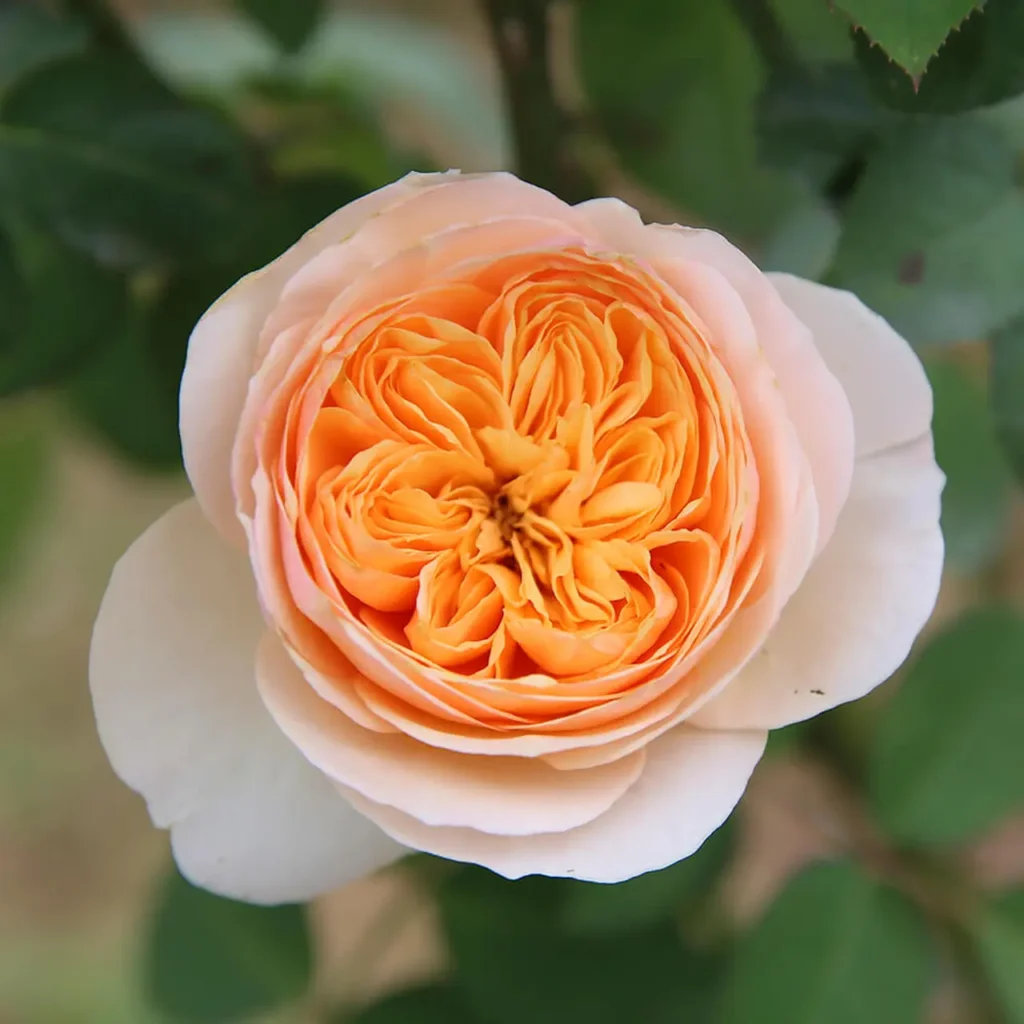
The Parentage of ‘Sweet Juliet’
‘Sweet Juliet’ is a product of thoughtful breeding, resulting from the crossing of two stunning rose varieties:
- Rosa ‘Wife of Bath’: This charming pink rose, also bred by David Austin, contributes to ‘Sweet Juliet’s’ delicate blush tones and classic rosette-shaped blooms.
- Rosa ‘Tamora’: Renowned for its rich apricot color and strong fruity fragrance, ‘Tamora’ passes on its warm hues and enticing scent to ‘Sweet Juliet.’
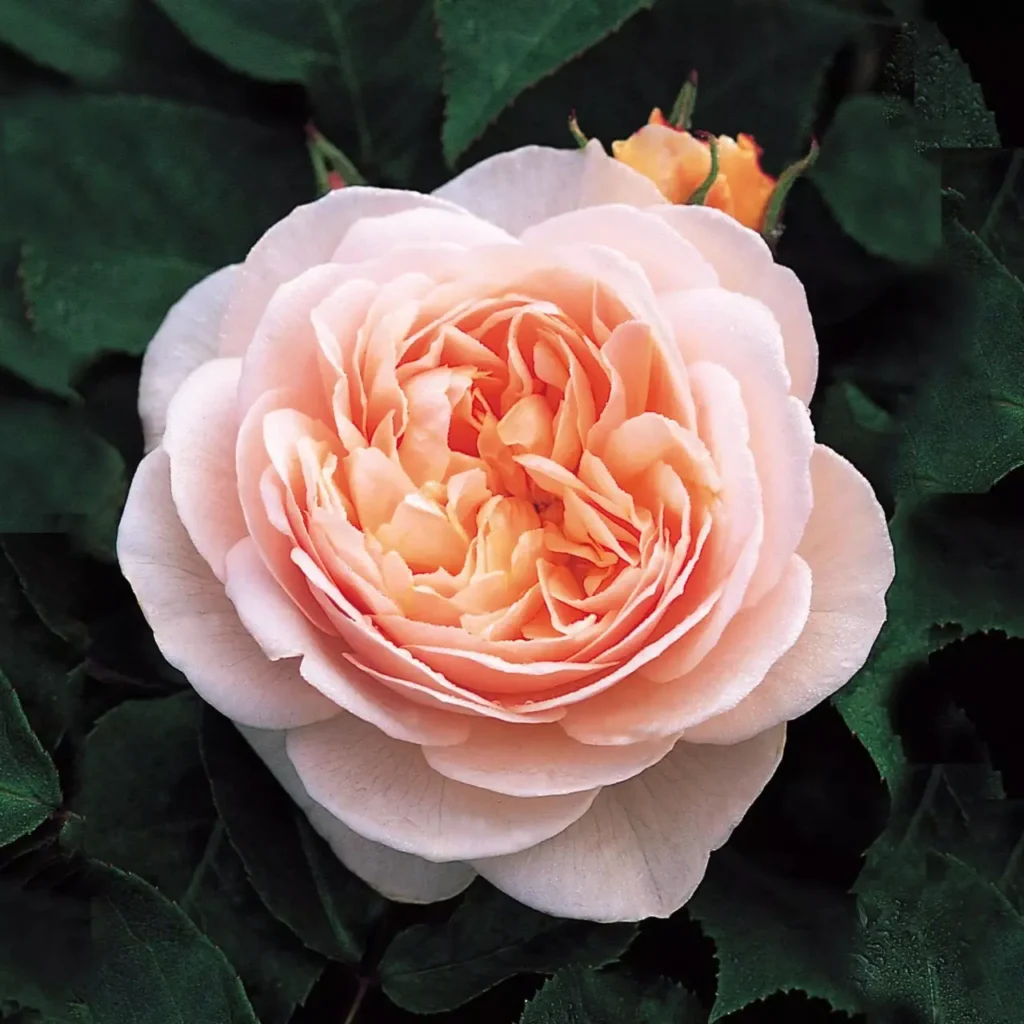
The Appearance of Rosa ‘Sweet Juliet’
‘Sweet Juliet’ presents an enchanting display of soft, apricot-colored petals with a hint of pink at the edges. The semi-double to fully double blooms are reminiscent of old-fashioned roses, characterized by their many petals forming a rosette shape. The individual petals have a ruffled appearance, adding to the romantic allure of this rose.
One of the most striking features of ‘Sweet Juliet’ is its exquisite fragrance. With a delightful blend of myrrh and fruity notes, the scent is both nostalgic and sophisticated, reminiscent of the traditional perfume of antique roses.
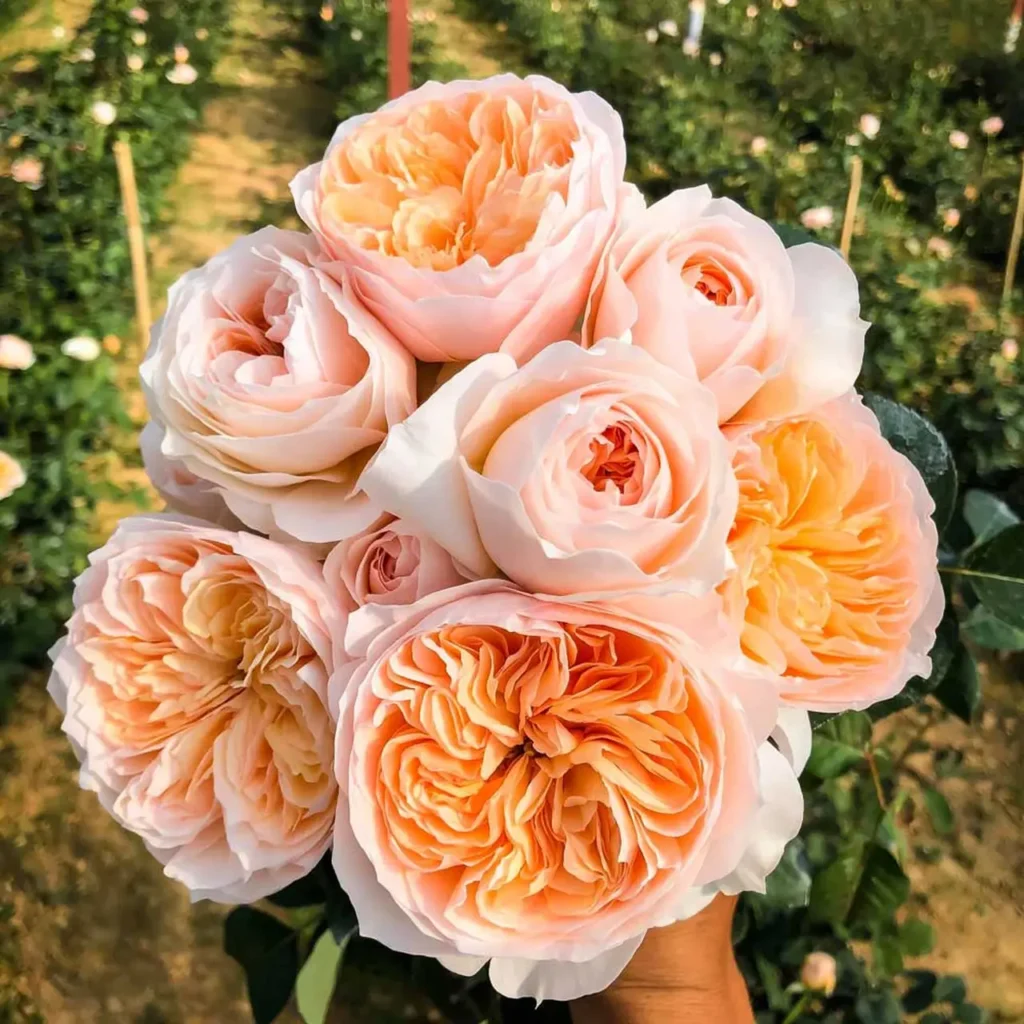
Growth Habit and Vigor
‘Sweet Juliet’ is a well-branched shrub rose that typically reaches a height of 4 to 5 feet (about 1.2 to 1.5 meters) and a similar spread. It forms a bushy and upright habit, making it an excellent choice for garden beds, borders, and containers. Its dense foliage consists of glossy, mid-green leaves, providing an attractive backdrop to the abundant blooms.
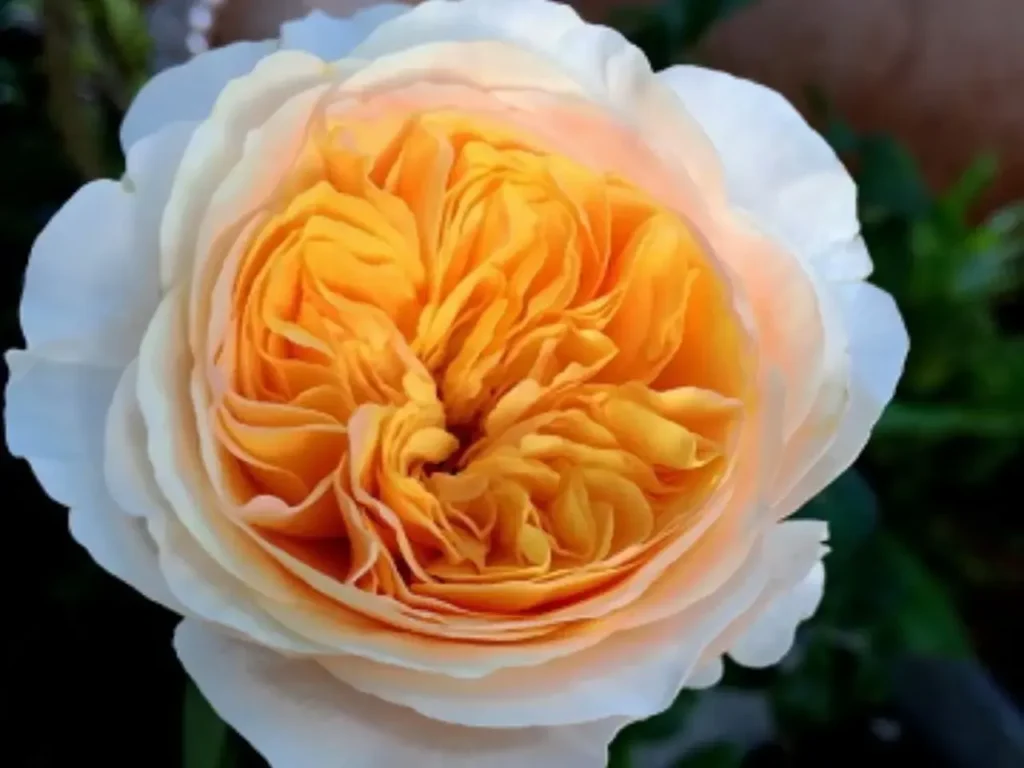
Caring for Rosa ‘Sweet Juliet’
Cultivating Rosa ‘Sweet Juliet’ is relatively straightforward, making it an accessible choice for both experienced and novice gardeners. Here are some essential care tips:
- Location: Plant ‘Sweet Juliet’ in a sunny spot with at least 6 hours of direct sunlight per day. Adequate sunlight ensures robust growth and abundant flowering.
- Soil: Well-draining soil with good organic content is ideal for this rose. Regularly amending the soil with compost can improve its overall health and performance.
- Watering: Roses generally prefer consistent moisture, so water deeply but avoid waterlogging the roots.
- Pruning: Regular deadheading (removal of spent blooms) encourages the rose to produce more flowers. Prune in late winter or early spring to shape the plant and remove any dead or weak wood.
- Fertilization: Providing a balanced fertilizer in the spring and early summer can promote healthy growth and bloom production.
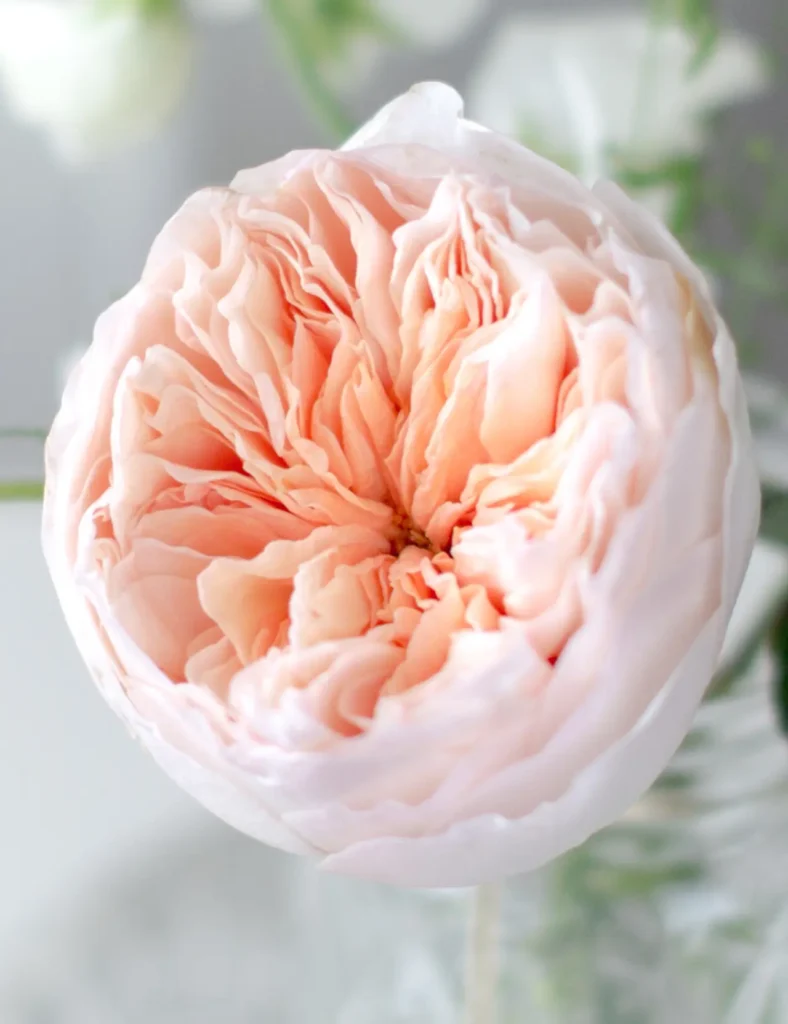
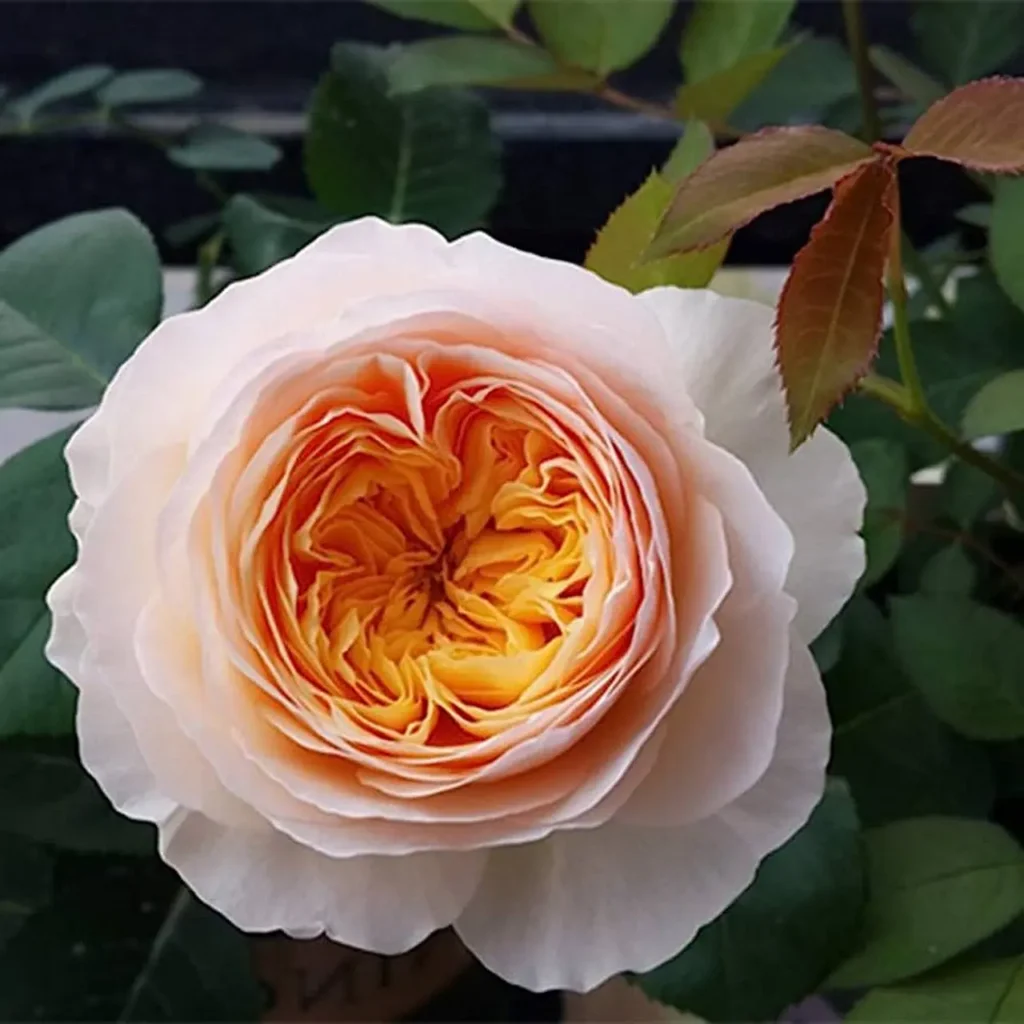
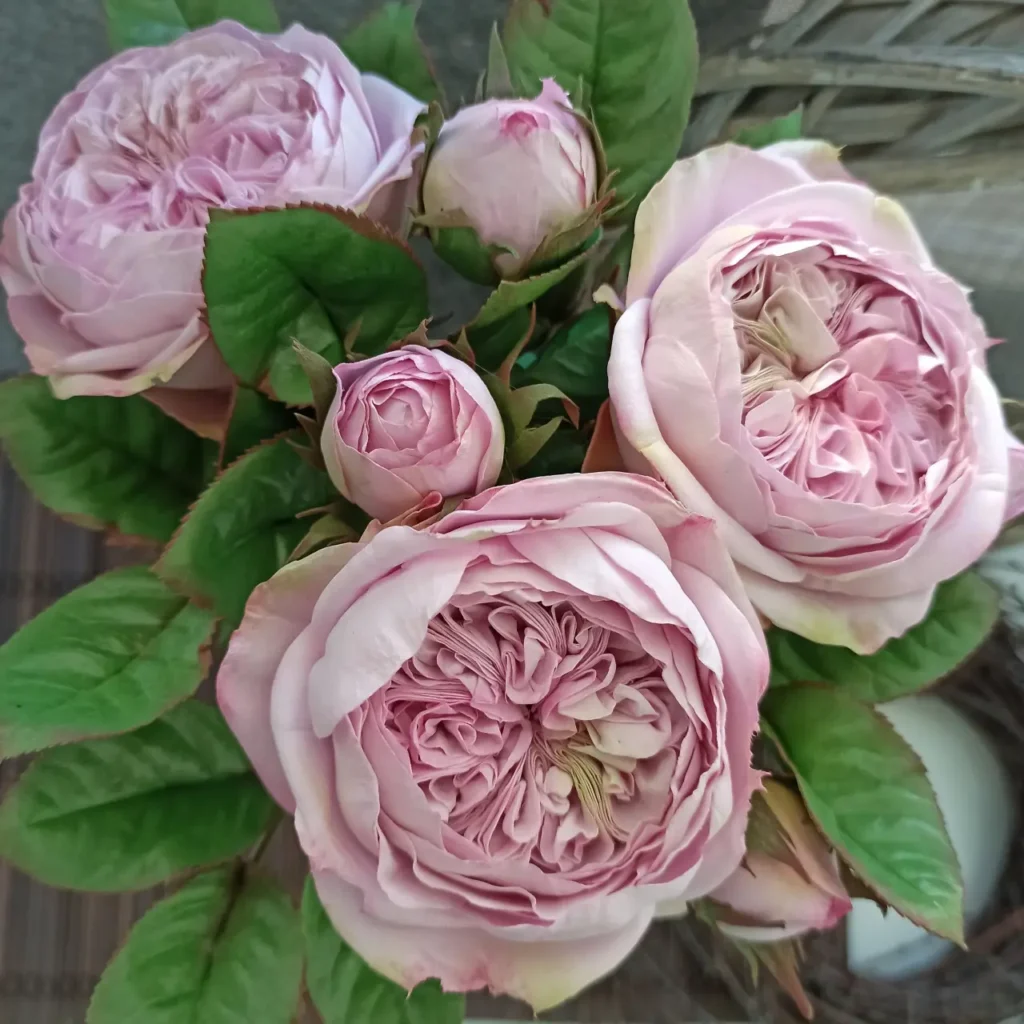
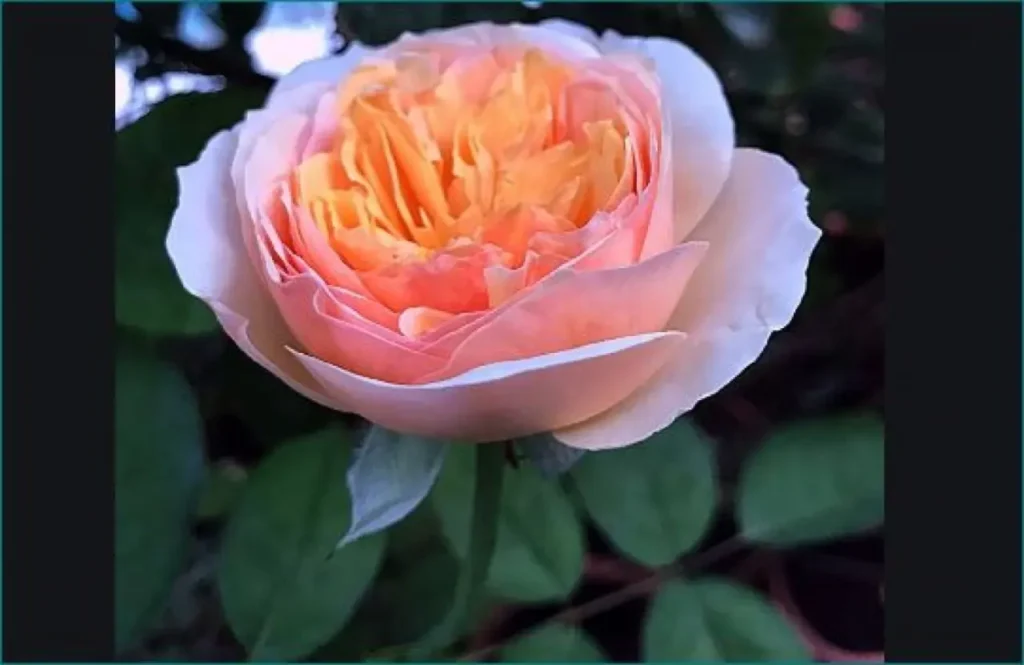
Rosa ‘Sweet Juliet’ exemplifies the perfect harmony between classic beauty and modern vigor. Its charming apricot-colored blooms, delightful fragrance, and disease resistance make it a beloved addition to gardens, bouquets, and even special occasions. Whether planted as a solitary specimen or combined with other roses and perennials, ‘Sweet Juliet’ brings an air of romance and elegance to any landscape. Embodying the essence of a Shakespearean heroine, this captivating rose remains a testament to the beauty and artistry of nature’s floral treasures.








